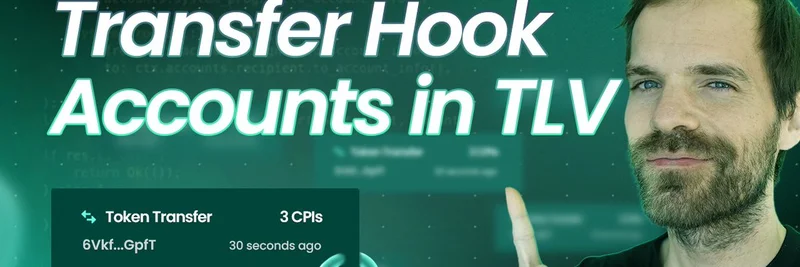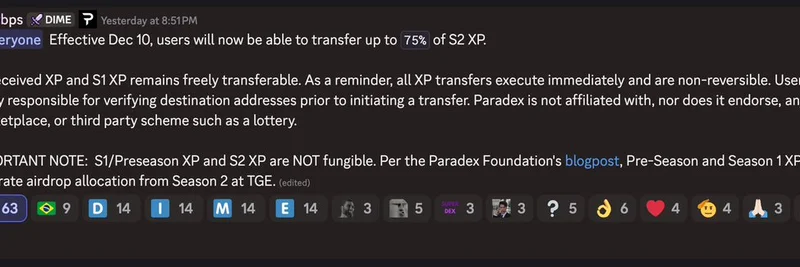In the ever-evolving world of Solana blockchain development, transfer hooks are becoming a game-changer, especially for creators of meme tokens looking to add unique features. If you're building on Solana, you won't want to miss the latest insights from Solana dev Solandy (@HeyAndyS), who just released part 3 of his Transfer Hook Deep-Dive Series.
Posted on X, this thread highlights the crucial step of adding extra accounts to transfer hooks using TLV – short for Type-Length-Value, a efficient way to structure data in Solana programs. Solandy emphasizes that if you only watch one part of the series, this is the one, as it breaks down why each step matters with clear explanations.
What Are Transfer Hooks and Why Do They Matter for Meme Tokens?
Transfer hooks are a feature in Solana's Token Extensions Program (also known as Token-2022), allowing custom code to run automatically whenever tokens are transferred. This means you can enforce rules like automatic fees, restrictions, or integrations with other smart contracts right at the transfer level.
For meme token enthusiasts, this opens up exciting possibilities. Imagine baked-in royalties that send a cut to creators on every trade, or anti-bot measures to keep your launch fair. These hooks can make your meme coin more than just a joke – they add real utility and stickiness in the competitive crypto space.
Check out the official Solana docs on transfer hooks for the basics.
Breaking Down Part 3: Accounts in TLV
In this installment, Solandy dives into the nitty-gritty of incorporating extra accounts into your transfer hook instructions. Using TLV data structures, these accounts are resolved dynamically, ensuring your program has all the info it needs without bloating the transaction.
He outlines the process step-by-step, explaining why additional accounts are necessary – think accessing PDAs (Program-Derived Addresses) or other on-chain data during transfers. This is particularly useful for complex meme token mechanics, like tying transfers to community vaults or dynamic pricing.
The video is available on YouTube: watch it here. Solandy also tags key community figures like @solana_devs and @nickfrosty, fostering that collaborative vibe we love in the Solana ecosystem.
How to Get Started with Transfer Hooks on Solana
If you're new to this, start with Anchor, Solana's framework for building programs in Rust. Resources like the Anchor docs on extensions can help you implement TLV account resolution.
For practical examples, explore Stack Exchange discussions on dynamic PDAs with transfer hooks or tutorials on creating Token Extensions.
Wrapping Up
Solandy's series is a goldmine for anyone serious about Solana development, and this part 3 is no exception. Whether you're tweaking your next meme token launch or just curious about blockchain tech, give it a view and level up your skills.
See the original thread on X and follow @HeyAndyS for more tips. At Meme Insider, we're all about keeping you ahead in the meme token game – stay tuned for more updates!



